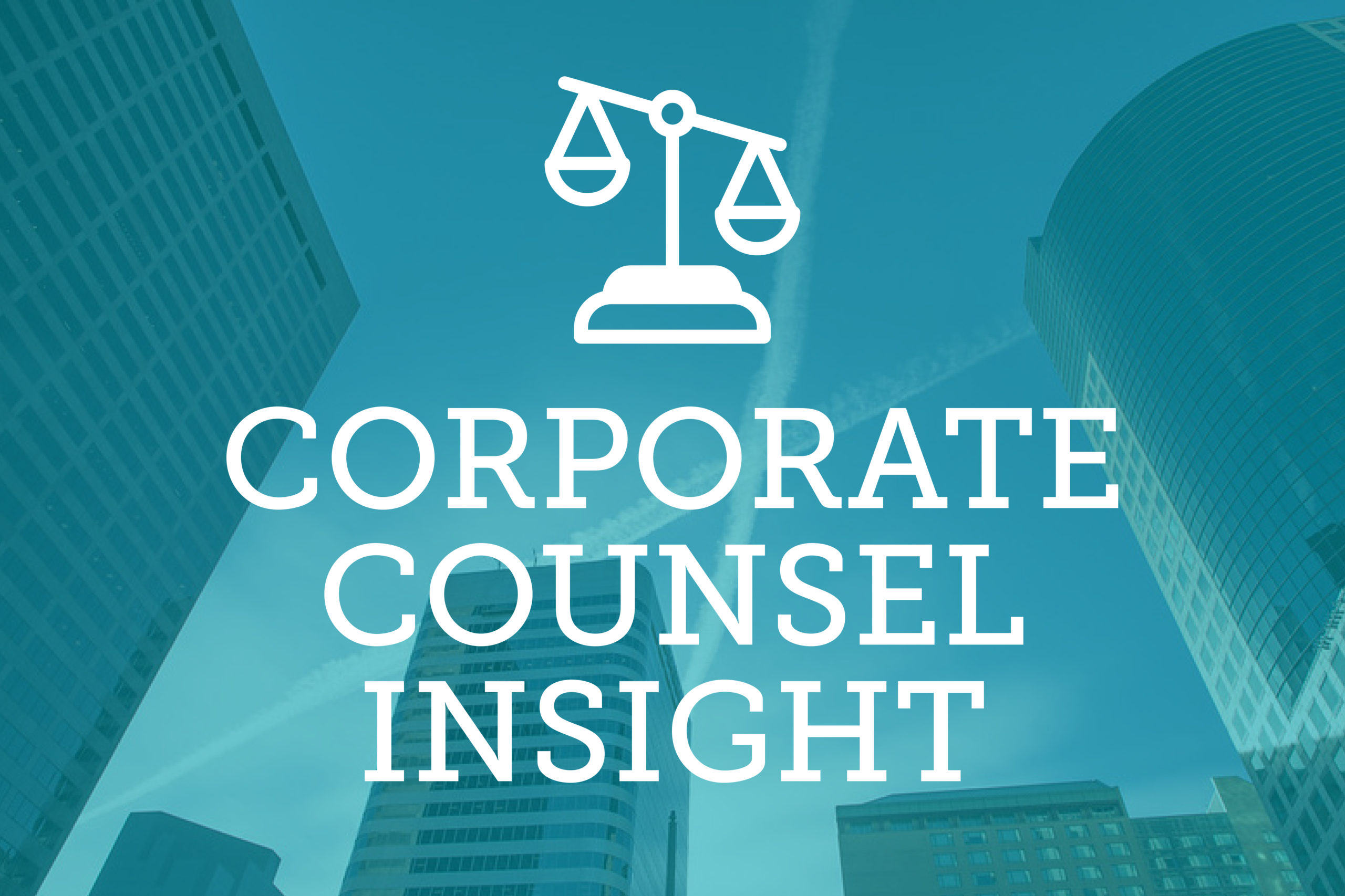

This month, the federal government’s anti discrimination watch dog released enforcement statistics as well as a detailed roadmap for pursuing claims, giving employers both a de-tailed look at how the agency has recently operated and how it plans to in the near future.
Early each calendar year, the Equal Employment Opportunity Commission publishes a breakdown of the number of charges it received the previous fiscal year in 10 discrimination categories. This state-by-state data the EEOC released earlier this month is more detailed than the national volume of charge receipts the commission re-ported in November, which showed the largest year-to-year drop in discrimination charges in two decades.
In fiscal year 2017, the EEOC received the lowest number of charges since FY 2007. The 84,254 new charges filed across the commission’s offices was outweighed by the 99,109 charge sit resolved that year, and the EEOC appears to be making significant head way in reducing its backlog.
Colorado saw a drop in total charges consistent with the national trend, with 1,688 filed in the state in FY 2017 compared with 1,994 in FY 2016. In both years, Colorado made up roughly2 percent of the U.S. total, a consistent figure for the state since FY 2008.
In several discrimination categories— national origin, race and religion —Colorado had experienced filing spikes in FY 2016 only to see the FY 2017 number regress to the mean.
Colorado’s only significant increase in charge volume was in color-based discrimination, up 27 percent from FY2016. But the 113 charges in that category are still a far cry from the high water mark of 275 charges in FY 2008,a year when Colorado made up nearly a tenth of all U.S. color-based discrimination charges.
While the number of charges de-creased, retaliation allegations are showing up in a greater share of them. Adam Brown, a Denver-based associate with employment-focused firm.
Fisher Phillips, noted that around half of all FY 2017 charges in Colorado and nationwide contained a retaliation claim. That is a sign, he said, that even when workers file fewer discrimination charges with the EEOC overall, “the is-sues that are important to the EEOC …continue to dominate.”
Colorado employers might be re-miss to think the recent drop in charges will last. Brown warned that the charge stats, which closed at the end of the EEOC’s fiscal year in September, won’t capture the anticipated surge in sex based discrimination filings com-ing out of the #MeToo movement. The sexual assault and harassment allegations against Hollywood producer Harvey Weinstein, which sparked the movement, didn’t become public until October. Brown said he anticipates “an uptick in those issues.”
On Feb. 12, the EEOC released its Strategic Enforcement Plan for FY2018–2022. The SEP lays out the approaches the commission will use “in achieving its mission to prevent and remedy unlawful employment discrimination and advance equal opportunity for all in the workplace,” according to an EEOC press release.
This is the fourth SEP the EEOC has published in six years, with the first covering FY 2013–2016. The newest iteration holds clues for employers on what the EEOC’s priorities will be in pursuing discrimination claims over the next four years. In the FY2018–2022 plan, the EEOC will focus on getting resolutions that have “targeted, equitable relief” as opposed to financial recovery. Equitable relief can include getting the employer to adopt customized training and discrimination prevention policies as well as submitting to external monitoring.
Brown said that the new SEP’s equitable relief emphasis is a departure from the EEOC’s plan last year, at least in the sense that the commission might have sought more equitable relief recently, but this time they have actually documented it.
Brown said it also signals to employers that the EEOC will more like prioritize cases where the accused employer appears not to have appropriate training and policies already in place. If the discrimination allegations against such an employer turn out to be true,“the EEOC will look at that as a work-place where the issue is more likely to be repeatable,” he added.
Another common thread is theEEOC’s aim to “modernize” its practices. Specifically, the commission said it will use technology in its out reach efforts to ensure more workers and employers are informed of their rights and responsibilities. The EEOC will also push to make more cases “fully digital,”according to the SEP.
Last year the commission rolled out a new Public Portal where workers can submit inquiries to the EEOC, and then file a discrimination charge online once it has been prepared by the com-mission. The system is expected to help streamline EEOC cases much the same way that its employer-facing portal has.
But because of the EEOC’s modernization efforts, the lower volume of charges employers saw last year could be short-lived, if only because workers will have easier access to initiating the EEOC’s process, Brown said. “I think that number is likely to go up this year because of the electronic filing.”
— Doug Chartier

